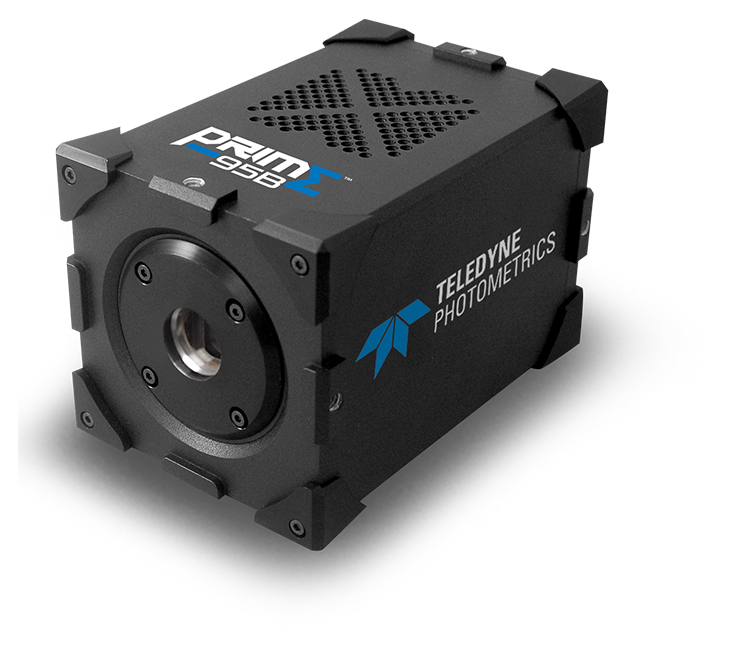Prof. Hao Shen
Department of Chemistry and Biochemistry, Kent State University, Ohio
Background
The Shen lab at Kent State University are using single-molecule imaging approaches to evaluate catalytic reactivity of various carbon nanoparticle formulations. Electrochemical reactions are critical to energy conversion and storage, but mechanisms to understand key parameters at the molecular level have been lacking.
Imaging the formation of fluorescent products during electrochemical catalysis at the single-molecule level allows for the determination of the number, localization, and kinetics of each active site on individual nanoparticles. The internal porosity of the nanoparticles is believed to influence the overall kinetics, and the Shen lab can measure this by single-molecule tracking of reaction product within the nanoparticle.

Challenge
As with other single-molecule detection and localization techniques, Prof. Hao Shen is constantly battling the limits of detection, imaging speed and camera noise. The fluorescent products are produced at the catalytic active sites, therefore imaging the localization of fluorescent products effectively provides the localization of surface sites. Ideally, Prof. Shen aims to collect around 500 photons to localize the fluorescent product molecules, but imaging these is difficult against a nanoparticle background of 60-100 photons.
Using EMCCDs the detected signal was amplified, but so was the background, and the excess noise factor associated with EMCCD detectors diminished the localization precision. With widefield total internal reflection (TIRF) excitation, Prof. Shen parallelized detection and could detect multiple nanoparticles at the same time, best suited to a detector with a larger field of view, giving the measurements of more nanoparticles simultaneously.
The Prime 95B has revolutionized single-molecule detection. With this camera, seeing a single nanoparticle exhibiting real-time catalysis could not be any easier.
Solution
The Prime 95B, with its larger FOV, large pixel collection area, and low noise allows single-molecule researchers such as Prof. Shen to gather more data than previously possible with EMCCD cameras.
Prof. Shen told us about the Prime 95B: “The increased FOV improves the nanoparticle statistics in each measurement, leading to overall shorter measurement times under each reaction condition. The increased temporal resolution also improves our resolving capability for fast reaction kinetics as well as mass transport. The reduced background noise improves our final resolution in sub-diffraction imaging applications. We can now work to define other catalytic and structural properties of the nanoparticle matrix that we couldn’t address before.”

